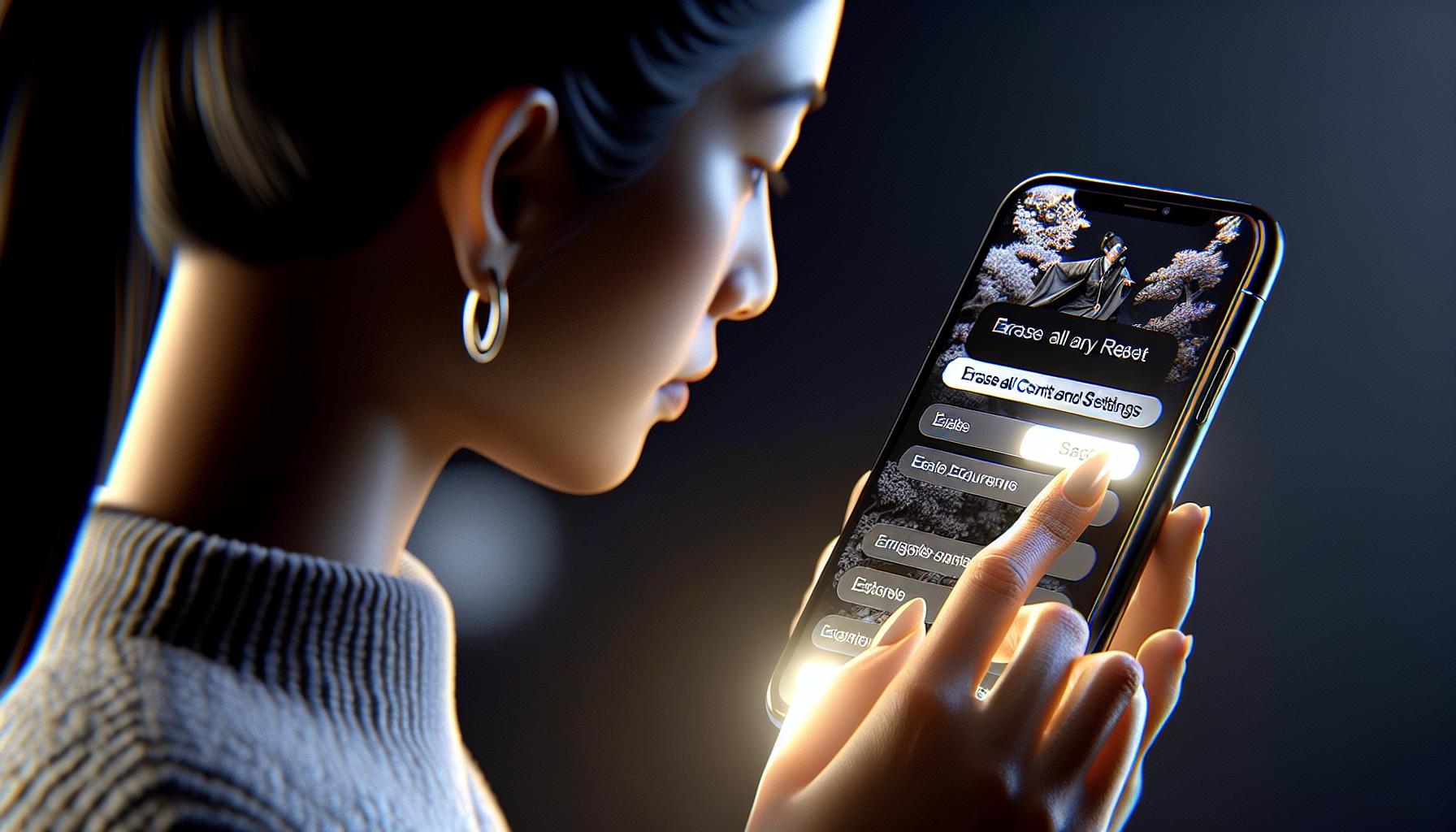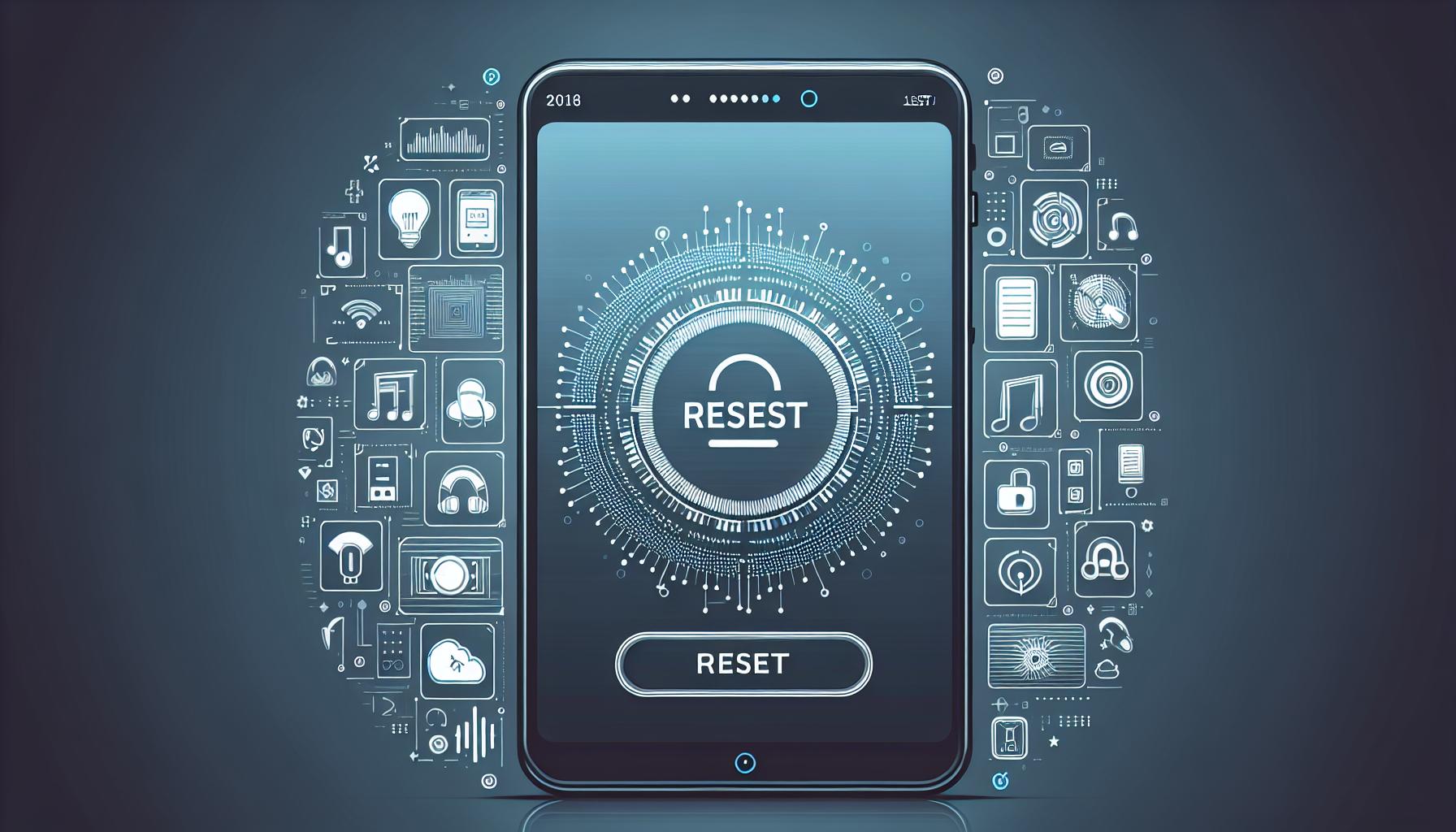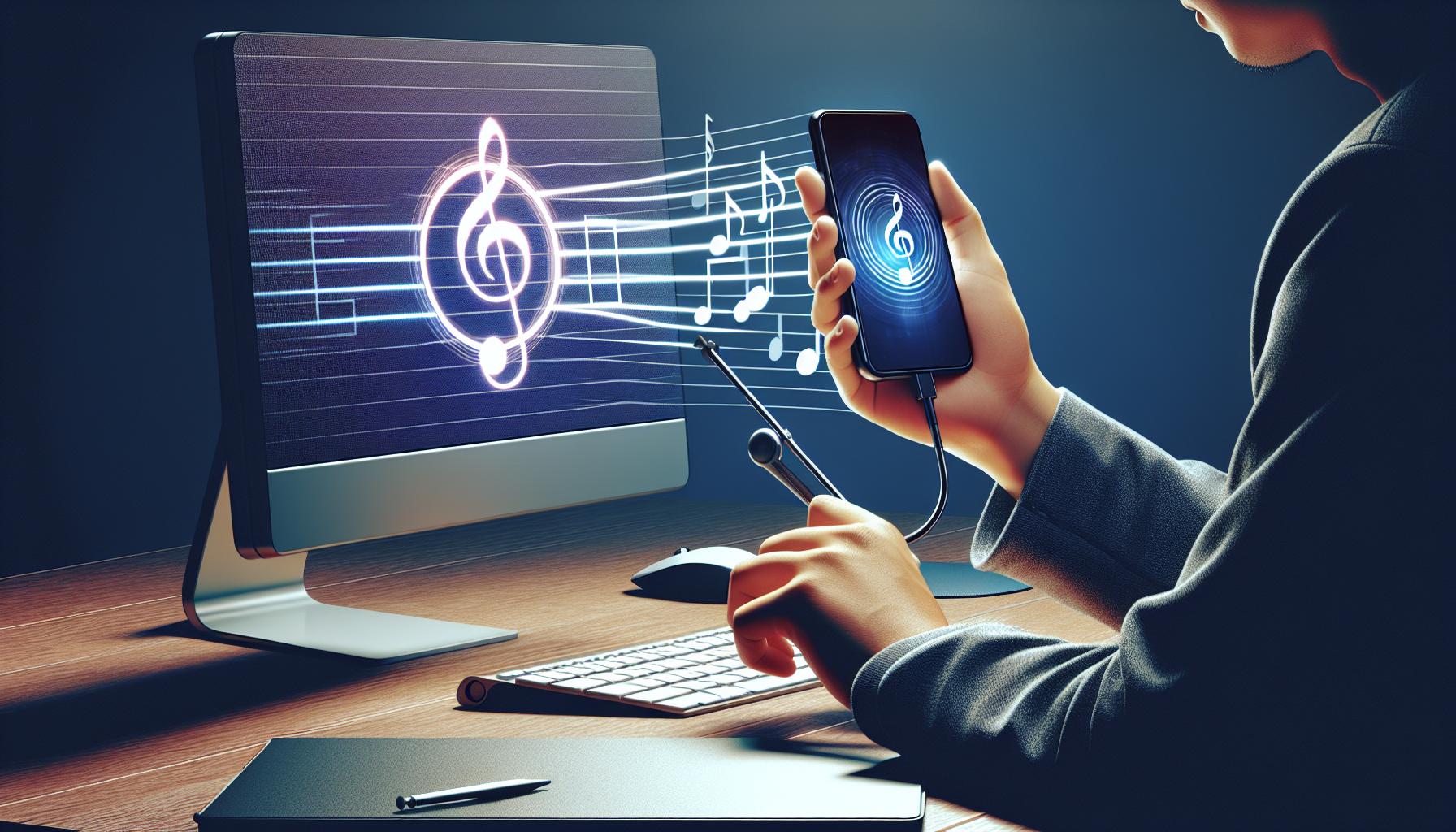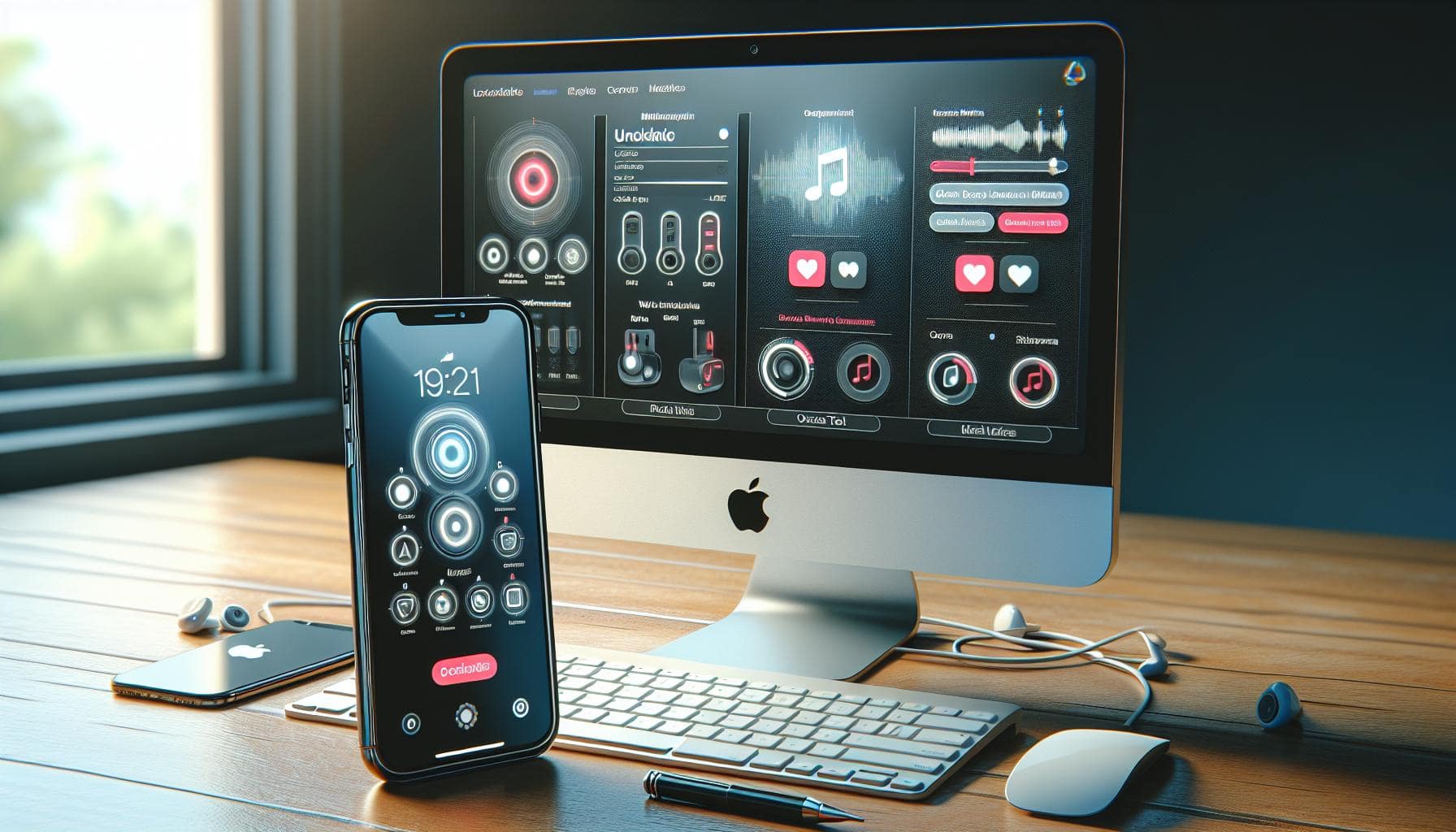Ever found yourself locked out of your iPhone because you've forgotten your Apple ID password? It's a common predicament that can leave you feeling frustrated. But don't worry, there's a way around it. You can indeed perform a factory reset on your iPhone without your Apple ID password.
Resetting your iPhone without an Apple ID password might seem like a daunting task. But with the right steps, it's actually quite straightforward. This guide will walk you through the process, ensuring you can regain control of your device.
So, if you're stuck and can't remember your Apple ID password, don't fret. We're here to help you get your iPhone back to its original settings and functioning as it should. Stay tuned to find out how.
What is a factory reset?
Before delving into the meat of resetting your iPhone without your Apple ID password, let's take a moment to understand what a factory reset is. A factory reset, sometimes called a master reset or hard reset, is a process that restores a device to its original manufacturer settings.
A factory reset erases all your data and settings. This includes apps, photos, videos, contacts, and personal settings you've added to your iPhone. It wipes the device clean and brings it back to the state it was in when you first unboxed it.
One might wonder, why do you need to perform a factory reset? There are multiple reasons for this:
- Selling or giving away your device: A factory reset safeguards your personal information from getting into the wrong hands.
- Fixing glitches or technical issues: Sometimes we encounter stubborn issues with our device that won't fix, no matter what solutions you try. Performing a factory reset can breathe new life into your device and rid it of these persistent issues.
- Upgrading to a newer model: If you're about to upgrade to the latest iPhone model, it's a wise move to make sure your old device is rid of any unnecessary data.
One important point to note is that a factory reset is different from a soft reset or a regular restart. While a soft reset merely shuts down and restarts the device, a factory reset scrubs your device of all data and settings. It's irreversible, and it's usually the last resort when troubleshooting complex device issues.
Carrying out a factory reset can seem devastating, especially if you're locked out of your device and you haven't backed up your data. Don't despair. There are still ways around it. The following section explores the given prospect. So, hold on to your seat as you navigate this tricky situation with comprehensive guidance.
Why would you need to perform a factory reset on your iPhone?

There are a handful of situations where performing a factory reset on your iPhone becomes more than just a mere convenience, but a necessity. It's important to remember, a factory reset will reset your phone to its original factory settings. This means all your data and personalized settings will be wiped clean. You don't want to make the decision lightly. So carefully consider the instances mentioned below.
Selling or Giving Away Your Device: If you are planning on selling or giving away your iPhone, you must always perform a factory reset. It ensures that your personal data doesn't fall into the wrong hands. Plus, it helps the new owner to start afresh with the device without being troubled by residual data or settings of its previous user.
Resolving Technical Glitches: iPhones, like any complex piece of technology, aren’t always perfect. There are instances when you might face repeated app crashes, battery drain, or software bugs. Sometimes, the 'turn it off and back on again' trick doesn't work and a factory reset is the only way out.
Preparing for an Upgrade: If you're planning on getting a new iPhone, you'd want to pass on your old iPhone to someone else or recycle it. In that case, it's crucial to do a factory reset. This way, your data won’t be linked with your old device while you’re enjoying your new iPhone.
If You're Locked Out of Your Device: We've all been there, forgotten passwords are frustrating. With multiple accounts and accompanying passwords, it's not rare to have a lapse in memory. If you're locked out and can’t remember your Apple ID password, performing a factory reset might be your last resort.
Each of these situations are compelling in their own right but think carefully before you proceed. There’s no undo button after a factory reset is completed. Always ensure you’ve backed up your data before you take this step.
What is an Apple ID?

In the world of Apple devices, the term Apple ID is something you'll often come across. But what is it exactly? An Apple ID is your unique identifier that lets you access various Apple services. It's akin to your passport to the Apple universe.
If you own an iPhone or other Apple devices, you'll understand its necessity. An Apple ID is used to log into iTunes, iCloud, download apps from the App Store, and make purchases from the Apple Store. It's also crucial for services like Find My iPhone. In short, without an Apple ID, you're missing out on the full potential of your device.
Creating an Apple ID is quite straightforward. As a standard process, you're usually asked to set this up when activating your device for the first time. All you need is an email address to start with. You can create one using your existing email or opt for a new iCloud email during setup. Remember, your Apple ID is protected by a password of your choice - this is crucial to maintain the security of your identity and data.
However, here's the catch - forgetting your Apple ID or password can lead to a host of issues, including not being able to access your data, applications, and the worst of it all - getting locked out of your device.
In the next section of this article, you'll learn about the different methods on how to factory reset your iPhone without the Apple ID password. It may sound daunting, but trust us - with the right guide and the correct steps, it can be a stress-free process. If you find yourself locked out of your iPhone, stay tuned and continue reading. We've got you covered with the essential information and step-by-step instructions.
Why is an Apple ID password important?
You might wonder, "Why all the fuss about an Apple ID password?" Let's break it down.
Firstly, control over your data and privacy is intrinsic to a secure Apple ID. Your ID is effectively the key that opens the treasure chest of your stored data. This range of stored data can include photos, videos, emails, documents, and more, all resting securely in the iCloud. If you should ever forget your Apple ID password or get locked out of your account, you risk losing access to this essential and personal information.
Secondly, service access gets impacted without a valid Apple ID password. Your ID acts as an express ticket to the myriad services Apple has on offer. These include iTunes, Apple Music, App Store, iCloud, Find My Phone, and iMessage, among others. An issue with your Apple ID password means being unable to use these services to their full extent, affecting your overall Apple user experience.
Finally, if you've lost your Apple ID password and are trying to perform a factory reset, you might run into a roadblock called Activation Lock. This feature, designed to prevent others from using your device if it's lost or stolen, requires your Apple ID and password to disable. If you're unable to provide these, you might be stuck with a device you can't access or reset.
Even if you're planning on selling or giving away your iPhone, remember that it could be troublesome for the new owner if the Activation Lock isn't turned off. And doing so, of course, requires the Apple ID password.
Don't worry, the next part of the article deals with what to do if you find yourself in a situation where you need to reset your iPhone but are without your Apple ID password. Keep reading to discover practical solutions that ensure you remain in control of your device and data.
Can you reset your iPhone without an Apple ID password?
Doubts may emerge when you're faced with the need to reset your iPhone without an Apple ID password. Can it be done? Is it even legal? Let's delve into these questions.
Yes, it's expressly possible to factory reset an iPhone without an Apple ID password. It is a more common occurrence than you might imagine. Adventurous kids playing with settings, forgotten passwords after long periods of disuse, or simply not having the necessary information when buying a second-hand device – these are scenarios where this issue arises. The question though is – how to do it?
Please note, resetting your iPhone without knowing the Apple ID password isn't illegal per say, so you can breathe easy. The ethics, however, could be questionable if you don't own the device, especially when the Activation Lock feature is involved. This scenario might imply that the device could be lost or stolen, and hence, resetting it could potentially infringe on someone else's privacy.
Let's get to the business – methods to reset your iPhone without the Apple ID password. No worries if you don't know the password – you're not alone! You can use iTunes, use an unlocking tool, or even try recovery mode instead – all of these options are at your service.
To ensure that the process is hassle-free, carefully follow each step provided in the next sections. And remember, the ultimate goal is to securely wipe your device without causing further complications. For instance, you don't want to end up in a boot loop or lose the essential data in other parts of the iPhone. The keys are patience and precision!
Hold onto your seats; it's time to take this reset journey together. You'll see that, with the right guidance, it's easier than you initially thought. Onward, and let's unlock those methods to reset your iPhone without an Apple ID password.
Steps to factory reset your iPhone without an Apple ID password

Embarking on this mission to reset your iPhone without an Apple ID password can feel daunting. But don't sweat it! Here are detailed, yet easy-to-follow steps to make the task less intimidating and more successful.
Method 1: Using iTunes.
It’s possible to use iTunes to reset an iPhone without an Apple ID password. However, this method will only work if Find My iPhone has been turned off.
- First, connect your iPhone to a computer and open iTunes.
- Then, click on the device icon.
- Next, in the summary panel, hit the "Restore iPhone" button.
- Follow the prompts on screen. iTunes will do the rest, erasing your phone and resetting it to factory settings.
Method 2: Using a Third-Party Unlocking Tool.
Another reliable method is the use of a third-party unlocking tool such as iMyFone LockWiper or Dr.Fone - Screen Unlock. These tools can help bypass the Apple ID password and reset your iPhone.
- First, download and install the unlocking tool.
- Next, connect your device and follow the on-screen steps to reset your iPhone.
Method 3: Using Recovery Mode.
If the above steps don't work, you can use recovery mode to reset your iPhone. This method does require more technical knowledge and patience.
- Begin by connecting your iPhone to a computer and then force rebooting it.
- Once the connect to iTunes screen appears, release the buttons and you'll be in recovery mode.
- In iTunes, click on the "Restore" button to erase your iPhone, which also removes the Apple ID.
Remember! Resetting your iPhone without the Apple ID password is not for the faint of heart and you should proceed with caution. It's essential to follow these steps carefully to avoid complications during the reset process. Now, get ready to roll up your sleeves, dive in, and accomplish these steps smoothly and efficiently.
Conclusion
You've now learned how to factory reset your iPhone without an Apple ID password. With the help of iTunes, a third-party unlocking tool, or recovery mode, you can do it yourself. Remember, it's crucial to follow each step meticulously. Mistakes can lead to unintended results. This process can be a lifesaver when you're locked out of your device. However, it's always best to keep your Apple ID password handy and secure. After all, prevention is better than cure. Now, you're not just tech-savvy, you're iPhone savvy. Here's to you navigating your iPhone like a pro!
Frequently Asked Questions
Q1: How can I factory reset my iPhone without an Apple ID password?
There are three methods provided in the article. You can use iTunes (only if Find My iPhone is turned off), a third-party unlocking tool, or the recovery mode.
Q2: What if Find My iPhone is turned on?
If Find My iPhone is turned on, you won't be able to use the iTunes method for a factory reset. You would have to use either a third-party unlocking tool or the recovery mode instead.
Q3: Is using third-party unlocking tools safe?
While the article does suggest using third-party unlocking tools, it's essential to research and choose reputable tools. Keep in mind that it's always best to proceed with caution when dealing with third-party software.
Q4: What is recovery mode and how does it help reset an iPhone?
Recovery mode is a failsafe method in iOS devices that can be used to wipe an iPhone's data completely when standard procedures don't work. It allows you to factory reset your iPhone if you don't have your Apple ID password.
Q5: Could any of these methods damage my iPhone?
If all steps are followed correctly, these methods are generally safe and should not damage your iPhone. However, as an overarching advice, always proceed with caution and don't rush the process.




